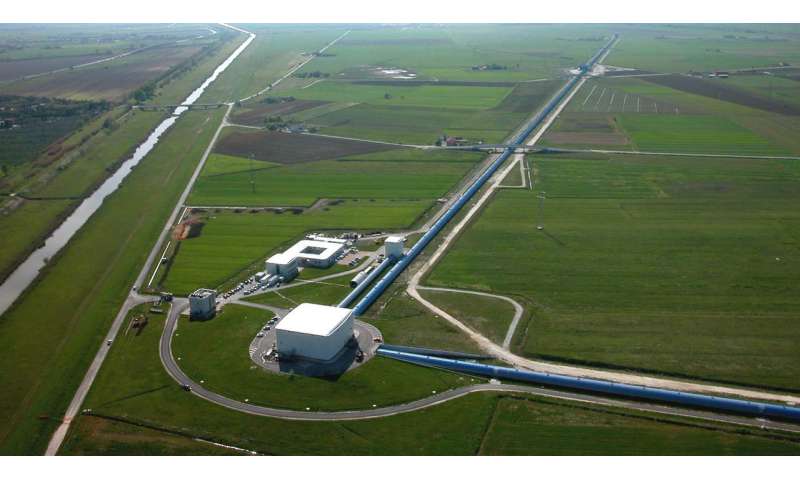Best of Last Week–Three detectors observe gravitational waves, harvesting energy from evaporation and chemicals in hash

(Science X)—It was another good week for physics as a team at the National Science Foundation announced that the LIGO and Virgo observatories detected gravitational wave signals from a black hole collision—marking the first time that three different detectors observed gravitational waves from a single event. Also, a team with members from several institutions in the U.S. announced that their group was the first to use the open-access data from a large collider to confirm subatomic particle patterns—the data they were using was part of the set released by the CMS team at the Large Hadron Collider back in 2014. And a team from the Hebrew University and the University of Oxford offered a gravitational twist to help theoretical physicists shed light on quantum complexity—perhaps leading to an answer to the question of whether we are all just existing in a computer simulation.
There was also news from space as an international team of researchers reported on evidence they had found of large meteorite impacts driving plate-tectonic processes on the early Earth. Also, a team at NASA's Jet Propulsion Laboratory reported that a large solar storm sparked a global aurora and doubled radiation levels on the Martian surface last month. There was also an unexpected surprise—a final image from Rosetta was discovered among the telemetry sent by the probe before it crashed into Comet 67P/Churyumov–Gerasimenko.
In other news, a team with members from the University of Wyoming and the USDA National Wildlife Research Center found that raccoons were able to solve an ancient puzzle, the so-called "Crow and the Pitcher" puzzle, though the team was still not convinced the clever animals really understood what they were doing. Also, a team with members from Institut des Sciences Cognitives Marc Jeannerod, UMR5229 and Centre National de la Recherche Scientifique, both in France found that vagus nerve stimulation restored consciousness in a patient after he had been in a vegetative state for 15 years. And a team at Columbia University found evidence suggesting that energy harvested from evaporation could power much of US—using just lakes and reservoirs.
And finally, if you are among the growing crowd who have taken to vaping hash oil (in states that have legalized marijuana use), you might want to reconsider such a move as a team at Portland State University has linked cancerous toxins to the cannabis extract—they found benzene and other harmful chemicals.
© 2017 Science X